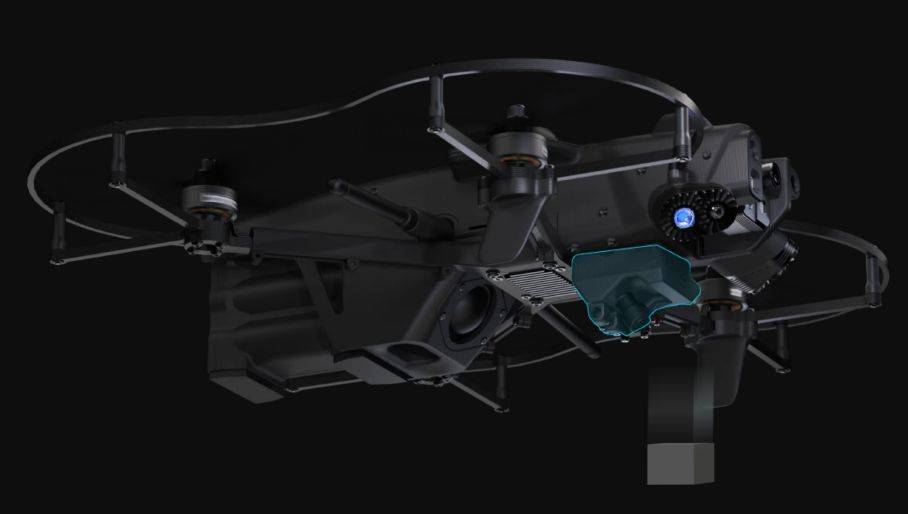The type of camera you choose greatly impacts how your data looks.
Nadir Cameras:
• Capture images looking straight down, offering a bird’s-eye view.
• Best For: Mapping, surveying, and orthophoto generation. These cameras are great in projects requiring flat, top-down imagery, such as agricultural mapping or road surveys.
• Perfect for creating high-accuracy 2D maps.
Oblique Cameras:
• Capture images at an angle, using multiple lenses pointing in different directions.
• Best For: Generating realistic 3D models, capturing building facades, and conducting urban mapping or structural inspections.
• Excellent for detailed modelling of complex structures, like historical landmarks or urban planning projects.
Hybrid and Versatile Camera Systems
Some advanced camera systems blur the lines between nadir and oblique imaging by combining features of both in one payload.
Payloads like the DJI Zenmuse P1 are designed for nadir shots but also offer Smart Oblique Capture modes, enabling angled imaging during the same flight. This makes them capable of both generating orthophotos and creating detailed 3D models.
On the other hand, multi-lens oblique cameras, such as Share UAV Oblique Cameras include a dedicated nadir lens in their array. These systems combine multiple angled lenses (four oblique cameras) with one lens facing directly downward. This integration ensures seamless capture of both top-down and multi-angle imagery in a single mission, enabling the creation of comprehensive datasets for applications like urban mapping, building facade modelling, and topographic surveys.
The choice between nadir and oblique cameras depends on your project’s needs. Modern hybrid systems provide the flexibility to adapt to a variety of use cases.











